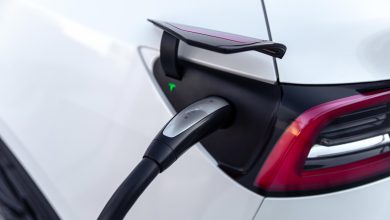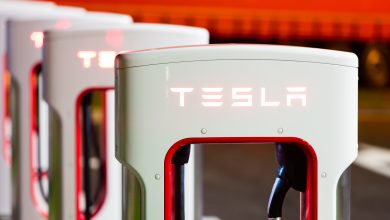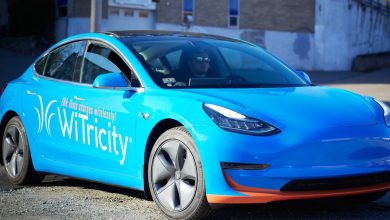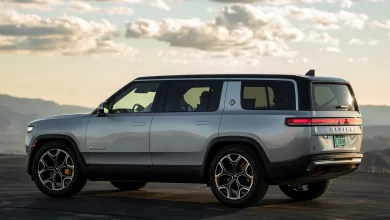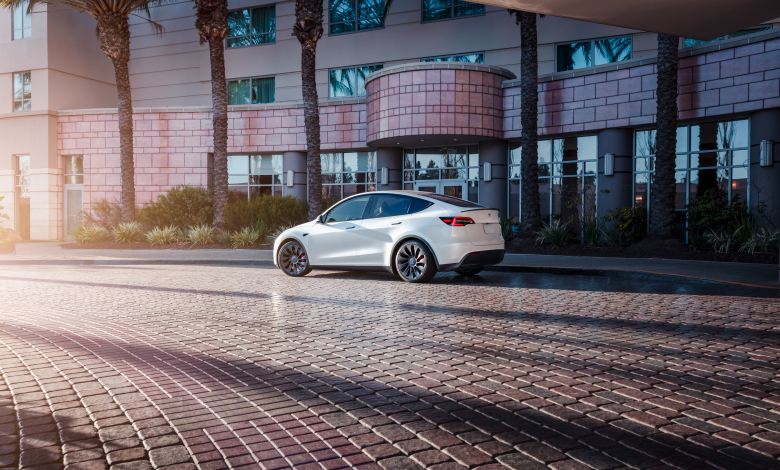
Electric Vehicle tax credit is not alien. It is a concept that has been around for years that offers rebates to those that decide to buy electric vehicles. The whole idea is to encourage more people to choose electric vehicles over internal combustion engines.
However, with the signing of President Joe Biden’s climate bill into law last year, the EV tax credit has been redesigned—and it now appears more complicated than ever.
The new law which came into effect on January 1, 2023, offers EV buyers up to $7,500 tax credit. The bill has been designed to lower the cost of purchasing new EVs. For the first time, there is a program that offers up to $4,000 credits to drivers buying used EVs. But, the requirements for qualification are tricky to navigate.
Jamie Lopiccolo, the manager and member of an accounting firm, Capocore Professional Advisors, based in Oakland County said, “the credits are straightforward. However, they are far from so in reality”. Firstly, it is important to determine if the vehicle you want to purchase qualifies for the tax credit.
For the sake of clarity, the maximum credit is $7,500. This equals $2,917 for vehicles with a minimum of 5-kilowatt-hour battery capacity and $417 for every additional kilowatt hour. The clean vehicle tax credit will last until 2032.
What vehicles qualify for the tax credit?
The 2022 Inflation Reduction Act led to the revision of the clean vehicle tax credit with the aim of inspiring manufacturers to move their production facilities to America. Consequently, vehicles that are eligible for the tax credit are those made by “qualified manufacturers” and were assembled in North America.
Plug-in hybrid vehicles and fully electric vehicles qualify for the tax credit if they scale the list of restrictions. Some Toyotas, Chevys, and Teslas qualify for the tax credit but other models like the foreign-built Kia EV 6 and the luxury, super-expensive Lucid Air do not qualify.
Potential buyers should check with the National Highway Traffic Safety Administration and the Department of Energy to determine if the vehicle they want to buy qualifies for the tax credit. For this process, you will need the VIN of the car.
The first step would be to determine if the model of the vehicle you want to buy qualifies. If the answer is yes, then you need to check if that particular vehicle qualifies. Lopiccolo said, “it is a two-step verification process the taxpayer is going to need to go through.”
Also, the cost of the new EV must not exceed the suggested manufacturer retail price of $80,000 for pickup trucks, SUVs, and vans or $55,000 for sedans and other types of vehicles. Interestingly, the average price of EVs last year was $66,000 according to Kelley Blue Book. This means most vehicles will not qualify for the tax credit.
Although manufacturers are rolling out more affordable trims below $55,000, drivers will have to forgo some of the features of the more expensive trims. Therefore, drivers will have to decide if the $7,500 tax credit is more valuable compared to the features they will forfeit.
The United States Department of Treasury is expected to unveil further guidance in March. However, the IRS has taken a proactive step by releasing a list of eligible vehicles. It is important to mention that some of the eligible vehicles on the IRS list may not qualify for the tax credit because of their high prices.
Which class of people qualify for the tax credit
Not everyone will qualify to get the tax credit even if they want to buy a qualifying EV. According to the new law, there is an income restriction for accessing the tax credit.
People who can access the tax credit include filers earning below $150,000, heads of households with an income below $225,000, and married couples earning below $300,000.
Also, the vehicle must be purchased for personal use in the United States. Vehicles purchased for the purpose of resale are not eligible.
The list of qualifying cars may change in March
The climate law signed last summer restricted the tax credit to vehicles that source their battery component from North America. Considering the fact that most batteries are currently sourced from Asia, most carmakers may struggle to meet this requirement.
That clause was added by Senator Joe Manchin of West Virginia to boost American manufacturing of EV batteries. Interestingly, the vehicles that qualify for $7,500 now may only be able to get $3,250 or nothing at all by March.
It doesn’t matter when you paid for the vehicle, what matters is when you have the vehicle in your possession, according to the IRS. While it may be a good idea to get a qualifying vehicle right away, delivery time on EVs is becoming ridiculously long and may exceed the March deadline.
Keith Barry of Consumer Reports re-echoed this sentiment when he said, “I would say if there was an electric vehicle that you are interested in, that today qualifies for a full $7,500 tax credit and you know that it qualifies and you know that it is available on a dealer lot—you should buy it immediately”.
Getting tax credit will be a lot easier in 2024
While the process of getting a tax credit is a bit complex at the moment, it will get a lot easier in 2024. From next year, the tax credit will be available as a “point-of-sale rebate”. Therefore, dealers will deduct the $7,500 from the price of the vehicle and work out the technicalities with the IRS.
That will be faster and more straightforward than having to wait for a year. That also means that you will get the credit even if the amount you owe as tax is less than $7,500 that year. However, by that time, there may be a strict battery requirement for a car to qualify for a tax credit which may knock more cars off the eligibility list.
Freight trucks will get a huge credit
Businesses also have a chance of cashing in on huge tax credits. Fleets that make use of light vehicles can qualify for the $7,500 tax credit while larger vehicles like delivery trucks can get up to $40,000.
Nevertheless, there are a few limitations that may prevent companies that make use of electric pickup trucks from taking advantage of the tax credit including their limited availability as explained by Hari Nayar, the VP of Fleet Electrification & Sustainability at Merchants Fleet.
“If somebody wants to get a pickup truck, the vehicles are not available. Also, the available ones may not have the desired range and charging infrastructure,” Nayar said.
For now, companies that make use of electric box trucks for deliveries like the Ford E-transit are those that are in the best position to take advantage of the tax credit for large vehicles according to Nayar.
The IRS is expected to issue guidance on the requirements for sourcing battery components by March. Once that happens, the list of vehicles that qualify for the tax credit can change again.

